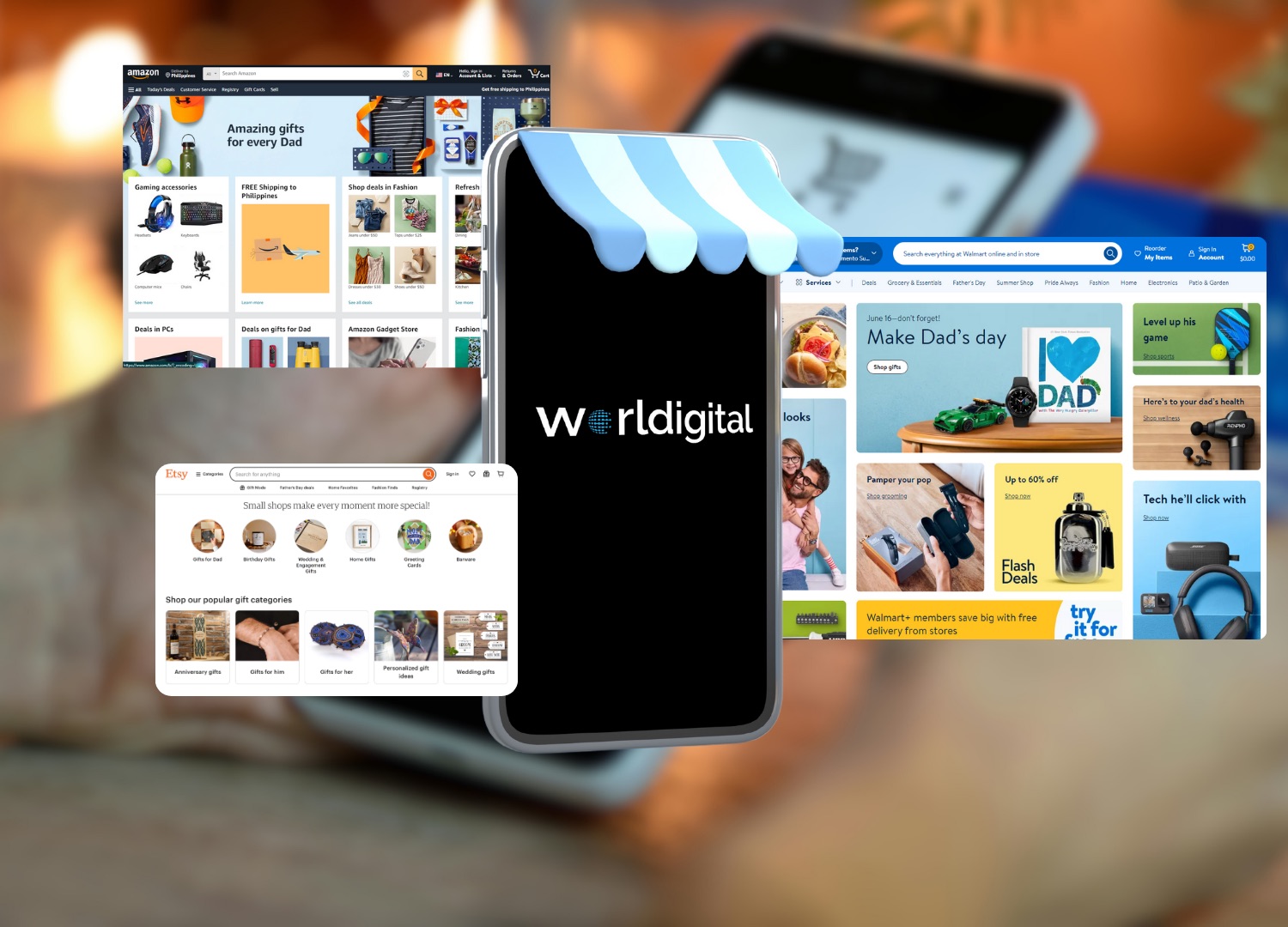Digital Marketing Revolution: The Future of Business Growth Digital Marketing Revolution: The Future of Business Growth

The Age of the Digital Marketing Revolution
The world is changing faster than ever. Businesses that once relied on traditional advertising—TV commercials, billboards, and print ads—are now shifting their focus. Why? Because digital marketing is not just an option anymore. It’s the future.
The Digital Marketing Revolution is here, and it’s transforming how businesses connect with their audiences. From small startups to global corporations, companies are using online tools to grow faster, reach wider, and sell smarter.
But what makes this revolution so powerful? And which strategies are leading the way? Let’s explore.
To stay ahead in the industry, businesses must adopt
to enhance their digital presence.
The Game-Changers of the Digital Marketing Revolution
The Digital Marketing Revolution is fueled by innovation. The following strategies are shaping the way brands engage with customers and generate sales. Many successful companies are already utilizing
to increase their competitive edge in the market
1. Artificial Intelligence (AI) in Marketing
AI is no longer a futuristic dream. It’s happening now. Brands use AI-powered chatbots, personalized recommendations, and automated content creation to enhance customer experiences.
Why it matters:
- AI helps businesses predict what customers want before they even search for it.
- Chatbots provide instant customer support, improving brand trust.
- AI-powered content adapts to user behavior, keeping them engaged.
2. The Rise of Social Commerce
Social media isn’t just for sharing memes anymore. Platforms like Instagram, Facebook, and TikTok have become digital shopping malls. People don’t just browse—they buy.
Key trends:
- Live shopping events drive real-time sales.
- Influencers create trust and push conversions.
- Personalized product recommendations keep shoppers coming back.
3. Voice Search and Smart Assistants
Ever asked Alexa or Siri a question? Millions of people do it daily. Businesses now optimize content for voice search to ensure they show up in these spoken queries.
What this means for marketing:
- Brands must focus on conversational content.
- Voice search prioritizes natural, long-tail keywords.
- Optimizing for local search is essential for small businesses.
4. Video Marketing Dominance
Video is the king of content. Platforms like YouTube, TikTok, and Instagram Reels are shaping how businesses communicate with audiences.
Why video works:
- People retain 95% of a message when they watch a video compared to reading text.
- Short-form videos drive higher engagement.
- Live videos build real-time connections with audiences.
Understanding the importance of
is essential for businesses looking to expand their online reach.
How Businesses Can Succeed in the Digital Marketing Revolution
Success in the Digital Marketing Revolution isn’t just about using the latest trends—it’s about applying the right strategies.
🚀 Step 1: Build a Strong Online Presence
A business without a digital footprint is invisible in today’s world.
- Create a professional website.
- Optimize for mobile users.
- Use social media to build brand awareness.
🔍 Step 2: Focus on SEO and Content Marketing
Content is still the backbone of digital success. But if people can’t find it, it’s useless.
- Use keyword-rich blog posts to attract organic traffic.
- Optimize images and videos for search engines.
- Create valuable content that answers real customer questions.
🎯 Step 3: Personalize Your Marketing Approach
Consumers want brands that understand them.
- Use customer data to send personalized emails.
- Segment audiences for targeted ad campaigns.
- Offer tailored recommendations based on past behavior.
💰 Step 4: Leverage Paid Advertising
While organic reach is great, paid ads help businesses scale faster.
- Run Facebook and Instagram ads for specific audience targeting.
- Use Google Ads to appear at the top of search results.
- Retarget previous visitors to convert them into customers.
Digital Marketing Revolution: Common Mistakes to Avoid
Even the best strategies can fail if businesses make the following mistakes.
❌ Ignoring Mobile Users
More than 60% of web traffic comes from mobile devices. A website that isn’t mobile-friendly loses potential customers.
❌ Overloading Audiences with Ads
People hate being bombarded with ads. Instead, focus on creating valuable content that naturally attracts users.
❌ Neglecting Data Analysis
Marketing without data is like driving blind. Use analytics to track progress and make informed decisions.
The Future of the Digital Marketing Revolution
Where is the Digital Marketing Revolution heading? Here are three key predictions:
🌎 The Metaverse Will Change Digital Marketing
Businesses will create virtual stores, host events, and interact with customers in a 3D digital space.
🔗 Blockchain Will Improve Transparency
Customers will demand more transparency in how businesses use their data. Blockchain technology will help build trust.
🤖 AI Will Become Even More Powerful
From AI-generated content to hyper-personalized shopping experiences, automation will play a bigger role in marketing.
FAQs About the Digital Marketing Revolution
1. What is the Digital Marketing Revolution?
The Digital Marketing Revolution refers to the shift from traditional marketing to technology-driven strategies that improve audience engagement, sales, and brand awareness.
2. Why is digital marketing more effective than traditional marketing?
Digital marketing is more cost-effective, allows real-time tracking, and provides better audience targeting compared to traditional methods.
3. Can small businesses benefit from the Digital Marketing Revolution?
Absolutely! Small businesses can use digital tools like SEO, social media, and online ads to compete with bigger brands.
4. What are the top digital marketing platforms today?
Some of the best platforms include:
- Google (for search advertising)
- Facebook & Instagram (for social media ads)
- TikTok (for short-form video marketing)
- YouTube (for long-form video content)
5. How can I start my digital marketing journey?
Start by building a website, creating valuable content, optimizing for SEO, and using social media to engage with potential customers.
Final Thoughts: Join the Digital Marketing Revolution Today
The Digital Marketing Revolution isn’t coming—it’s already here. Businesses that embrace it will thrive, while those that ignore it will fall behind.
It’s time to step up your game. Whether you’re a startup or an established brand, investing in digital marketing will future-proof your business.
Are you ready to be part of the revolution? Start today, and watch your brand soar. 🚀



